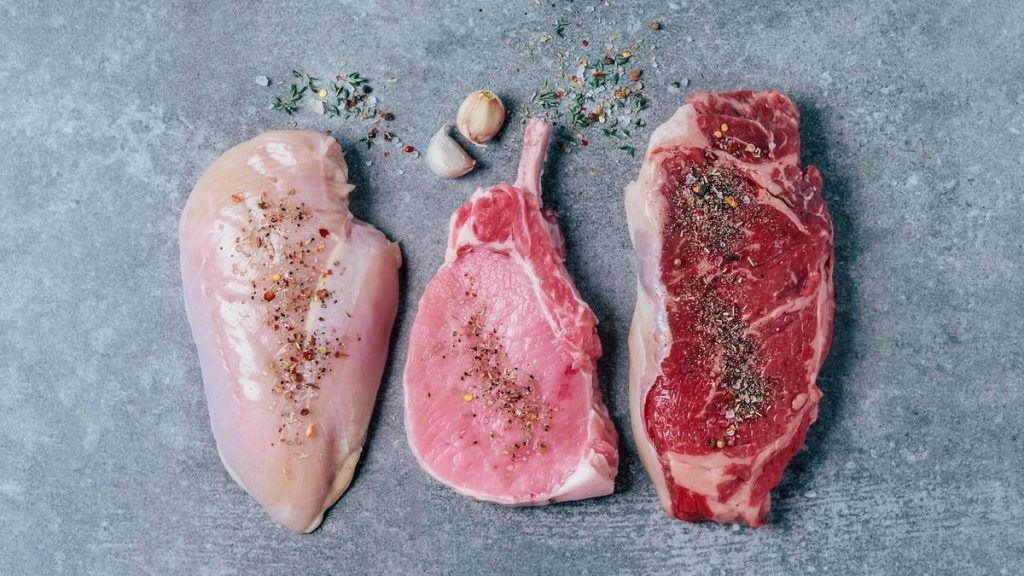Protein is essential for various functions in the body, including building and repairing muscle, regulating hormones, transporting molecules, and acting as enzymes for chemical reactions. However, meeting the daily protein quota can be challenging, especially for those with dietary restrictions. Understanding what a serving of protein looks like can help individuals increase their protein intake, with the ideal goal for the average person being 100 grams of protein per day. Active individuals may need more protein in their diet.
A visual guide provides examples of what 100 grams of protein look like on a plate for omnivores, vegetarians, and vegans. For omnivores, achieving 100 grams of protein can be relatively easy with foods like Greek yogurt, beef sausage, mixed nuts, eggs, cheese, deli ham, bread, oats, and tuna. Animal products such as eggs, meatballs, turkey bacon, turkey breast, and tuna can also help achieve the 100-gram protein goal. For vegetarians, sources of protein include eggs, rolled oats, peanut butter, hemp and plant-based protein granola, cheese, and yogurt, totaling close to 100 grams of protein. Vegans can obtain protein from sources like protein granola, plant-based protein powder, nuts, nut butter, seeds, bread, and oats, but may need to make adjustments to reach the 100-gram goal and can also incorporate high-protein meat substitutes.
It is important to note that the examples provided in the visual guide are specific to the products used in the experiment, and individual protein amounts may vary based on different brands or serving sizes. By using this guide, individuals can better understand how to incorporate protein-rich foods into their diet to meet their daily protein requirements. Planning meals and snacks that contain a variety of protein sources can help individuals achieve their protein goals, whether they follow a vegan, vegetarian, or omnivore diet. Emphasizing protein-rich foods can promote overall health and support various bodily functions beyond just muscle building and repair.
In conclusion, protein is a crucial nutrient that plays a vital role in the body’s functions, and meeting daily protein requirements is essential for overall health and well-being. Understanding what a serving of protein looks like and how to incorporate protein-rich foods into meals can help individuals reach their daily protein quota. Whether following a vegan, vegetarian, or omnivore diet, there are various sources of protein available to support a balanced diet. By utilizing visual guides and meal planning, individuals can ensure they are getting enough protein to support their unique dietary needs and lifestyle.


